OUR
FINAL
RESULTS 2006:
OUR
FINAL - SUPER
ARTICLES:
Nr. 1 - 6.4 SIGMA RESULT !!
Nr. 2 - LESSONS after EVIDENCE
Nr. 3 - Theoretical Investigation ...
Nr. 4 - Microscopic Calculations ...
Nr. 1: Please click here to print the pdf
file of
our NEW Article
- Modern Physics Letters A Vol. 21 (2006) 1547-1566:
H.V. Klapdor-Kleingrothaus and I.V. Krivosheina,
"The Evidence for the Observation of 0nu
beta-beta decay:
the Identification of 0nu beta-beta Events
from the Full Spectra"
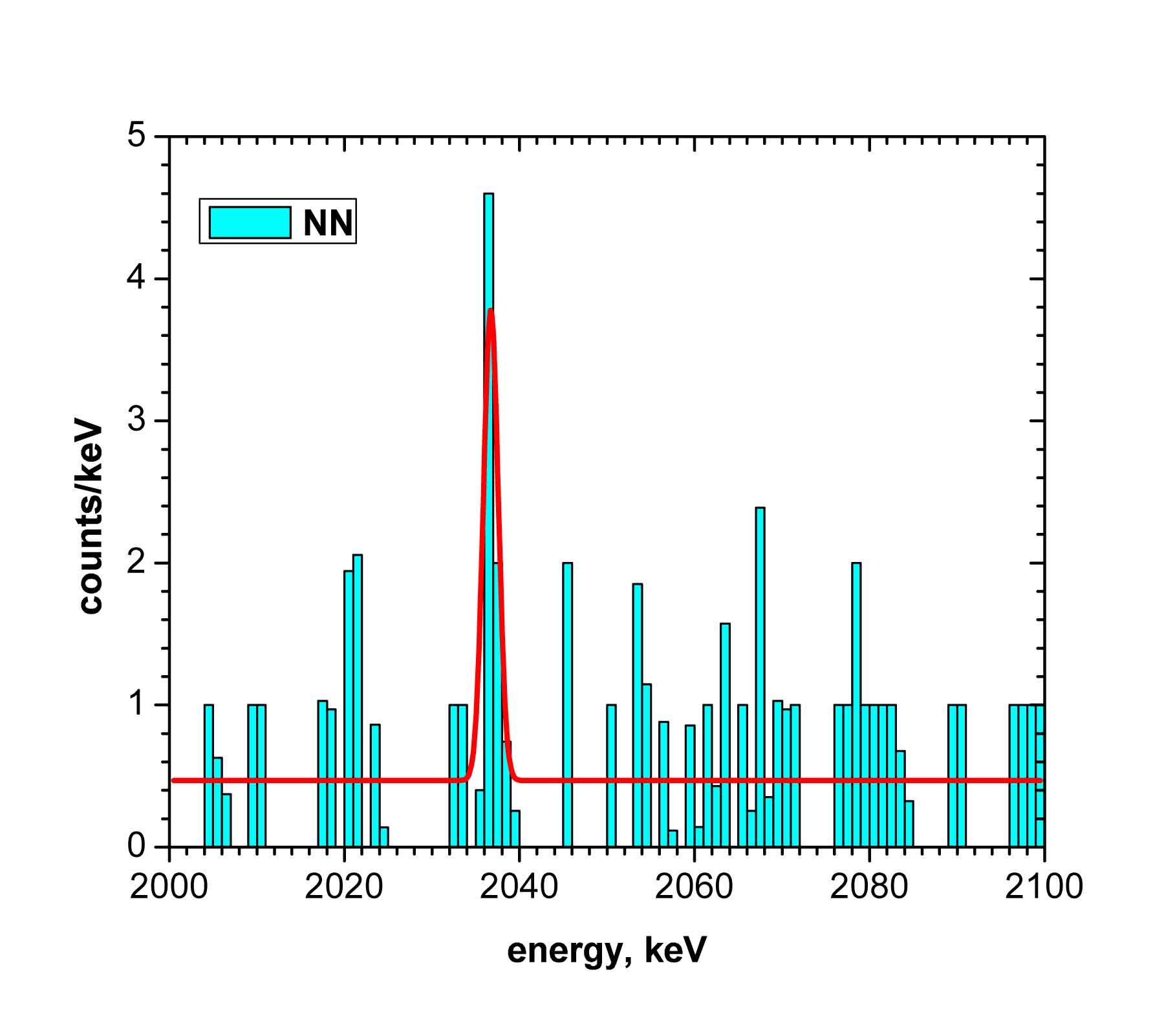
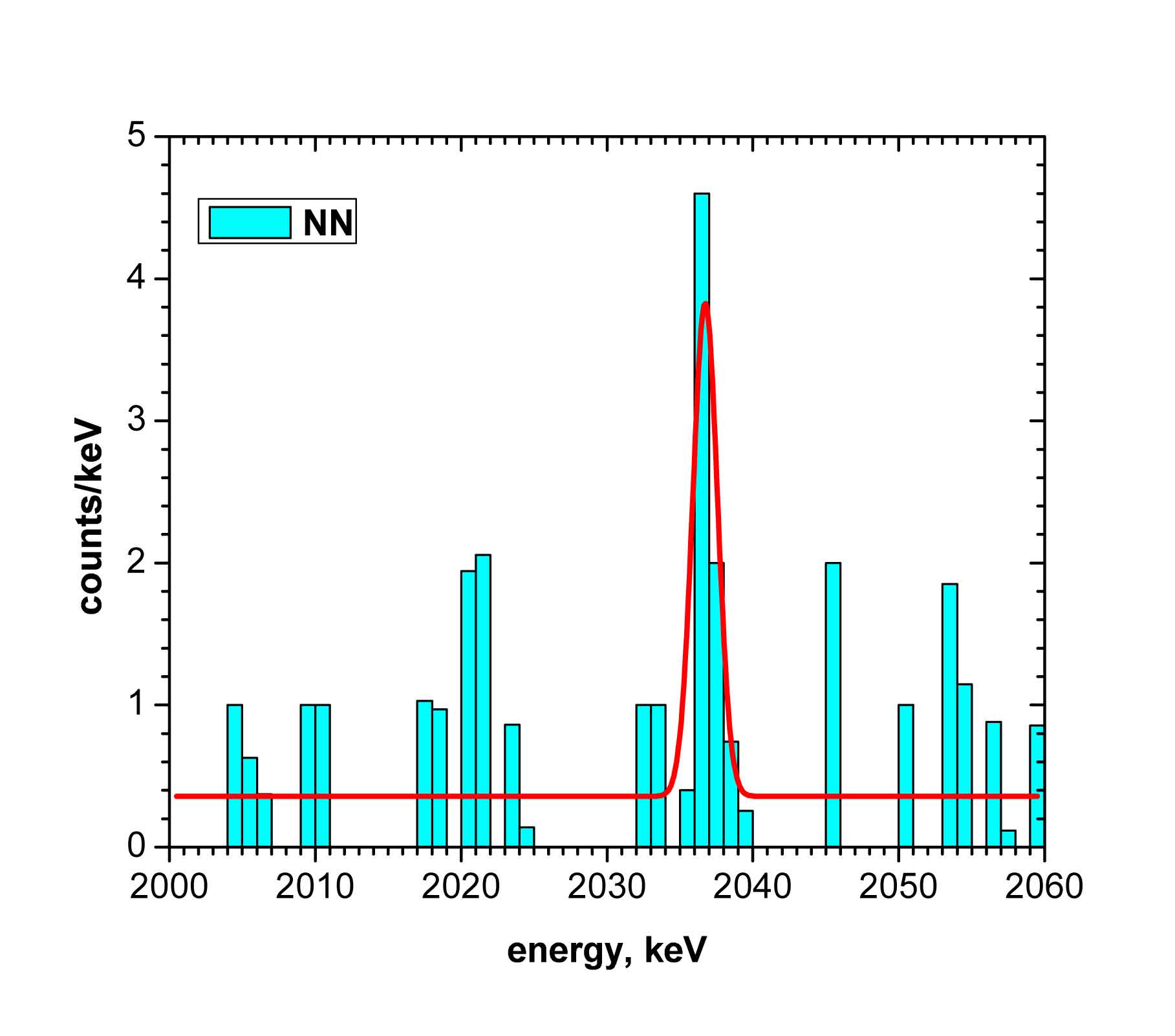
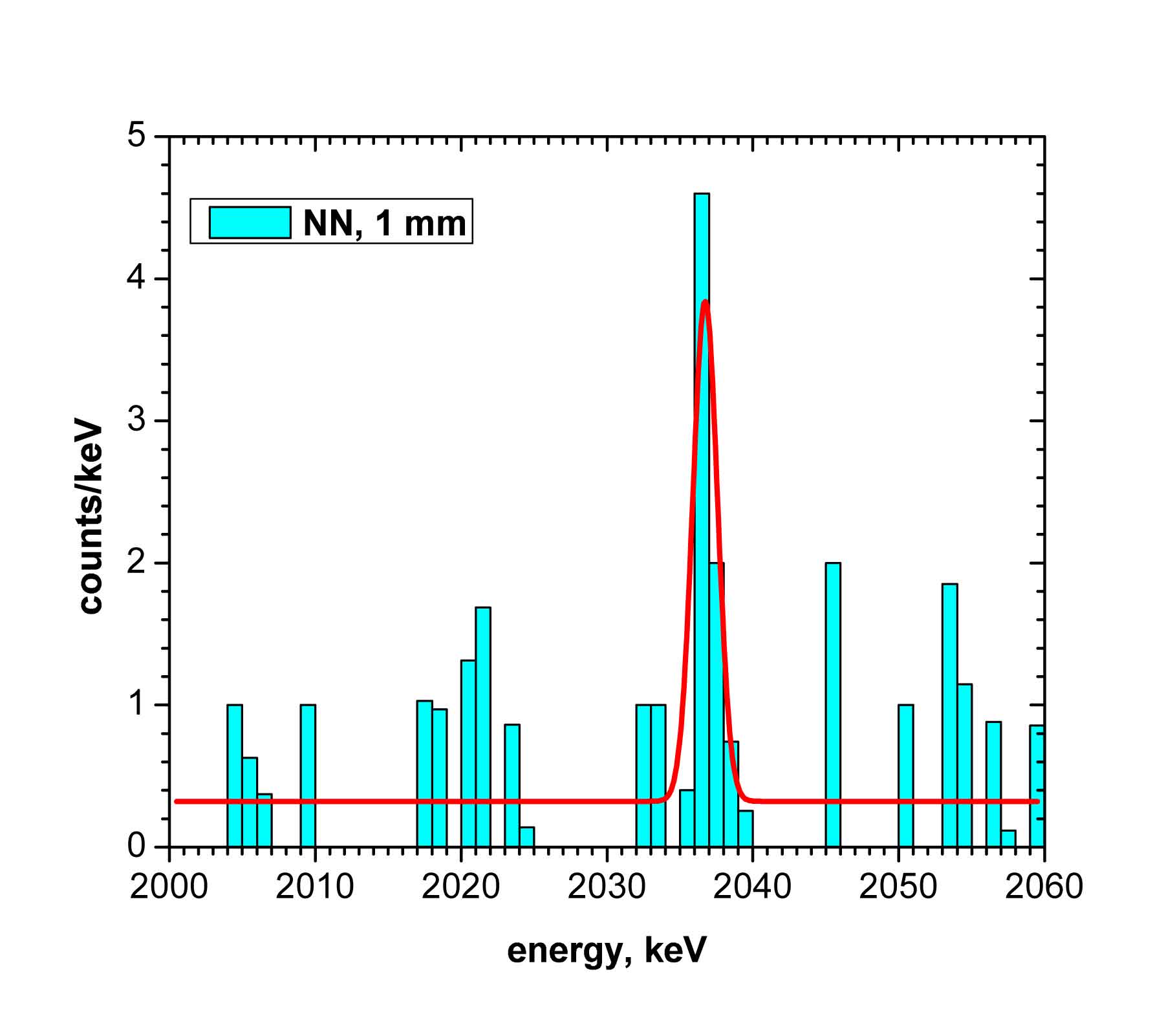
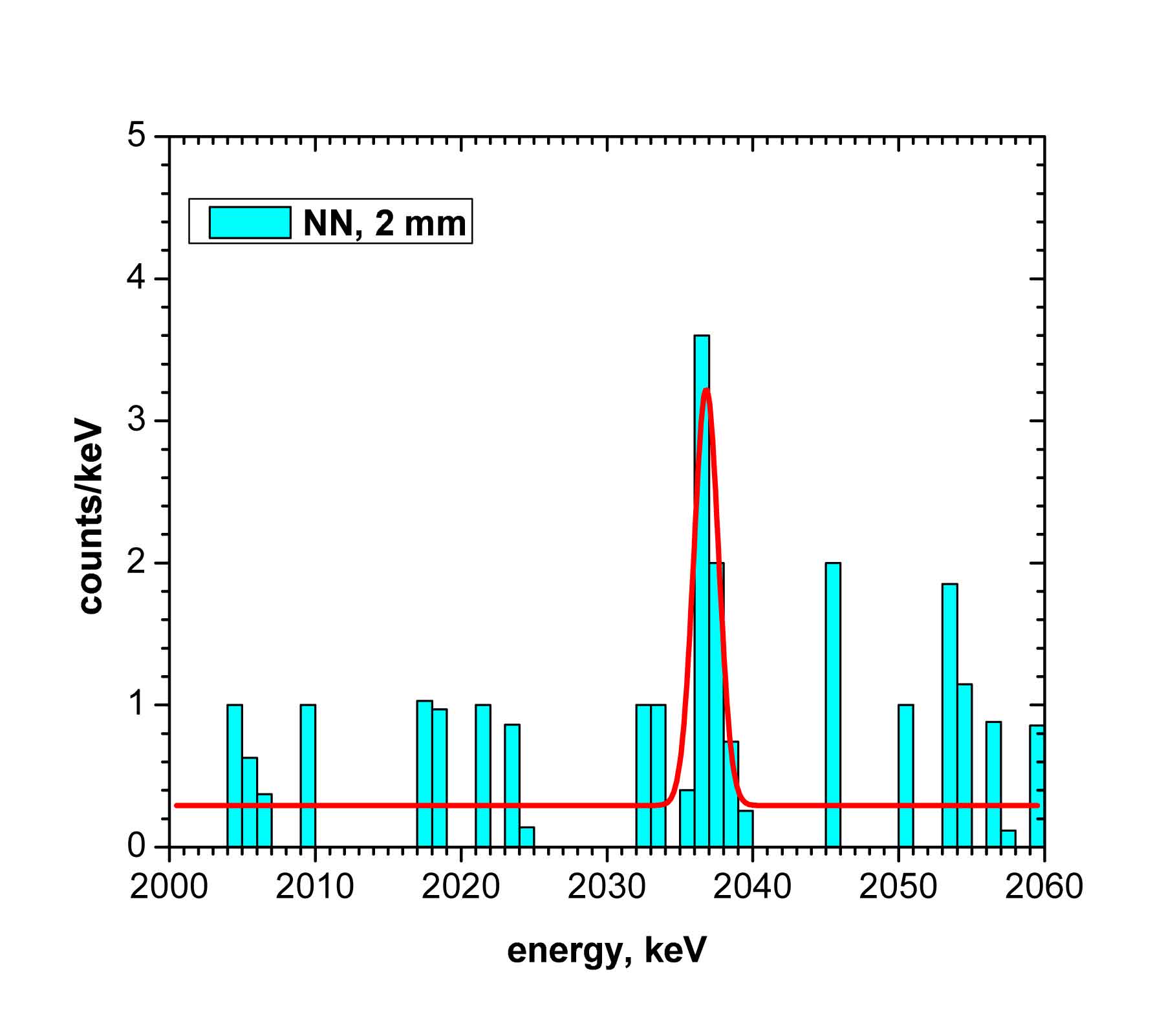
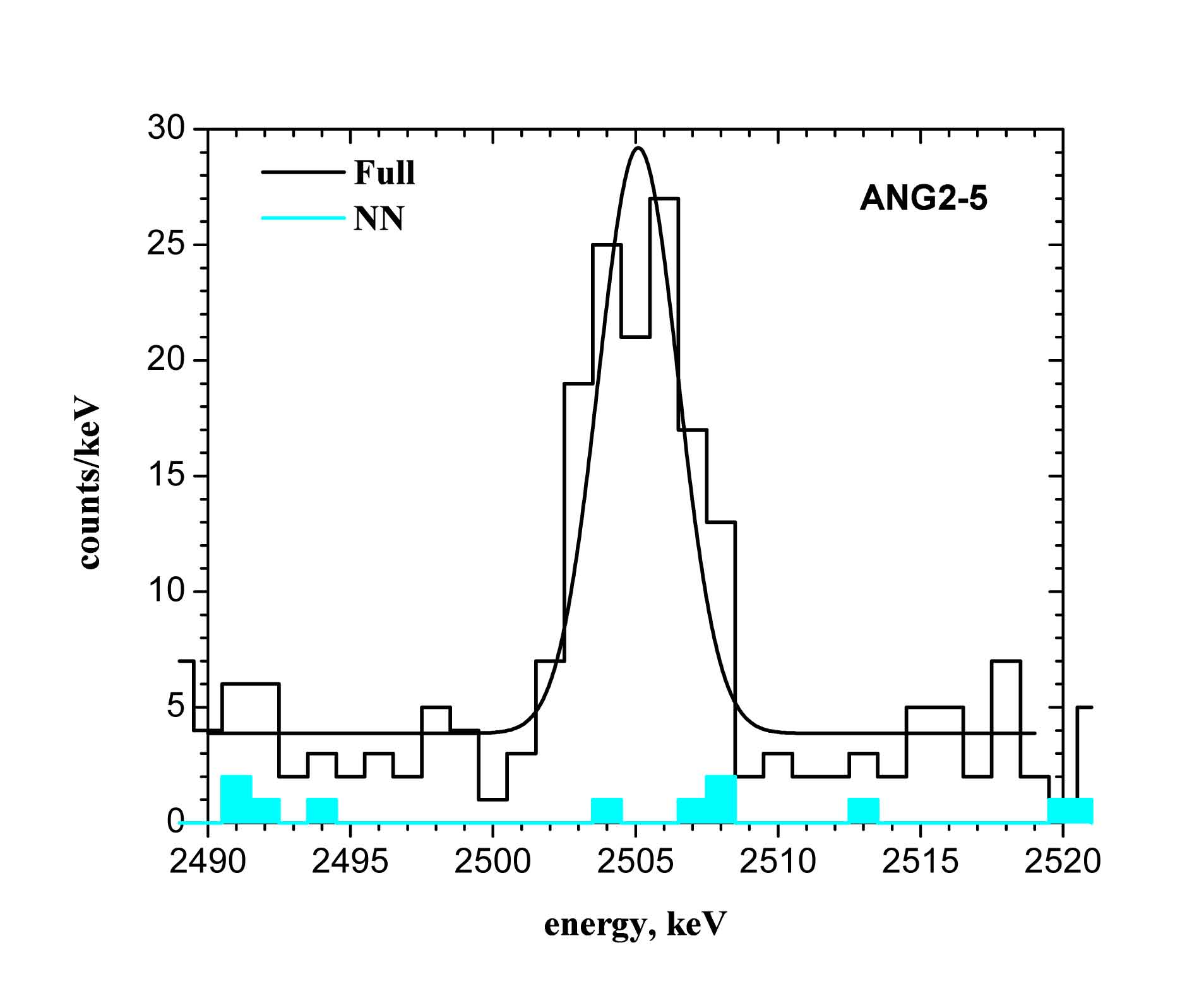
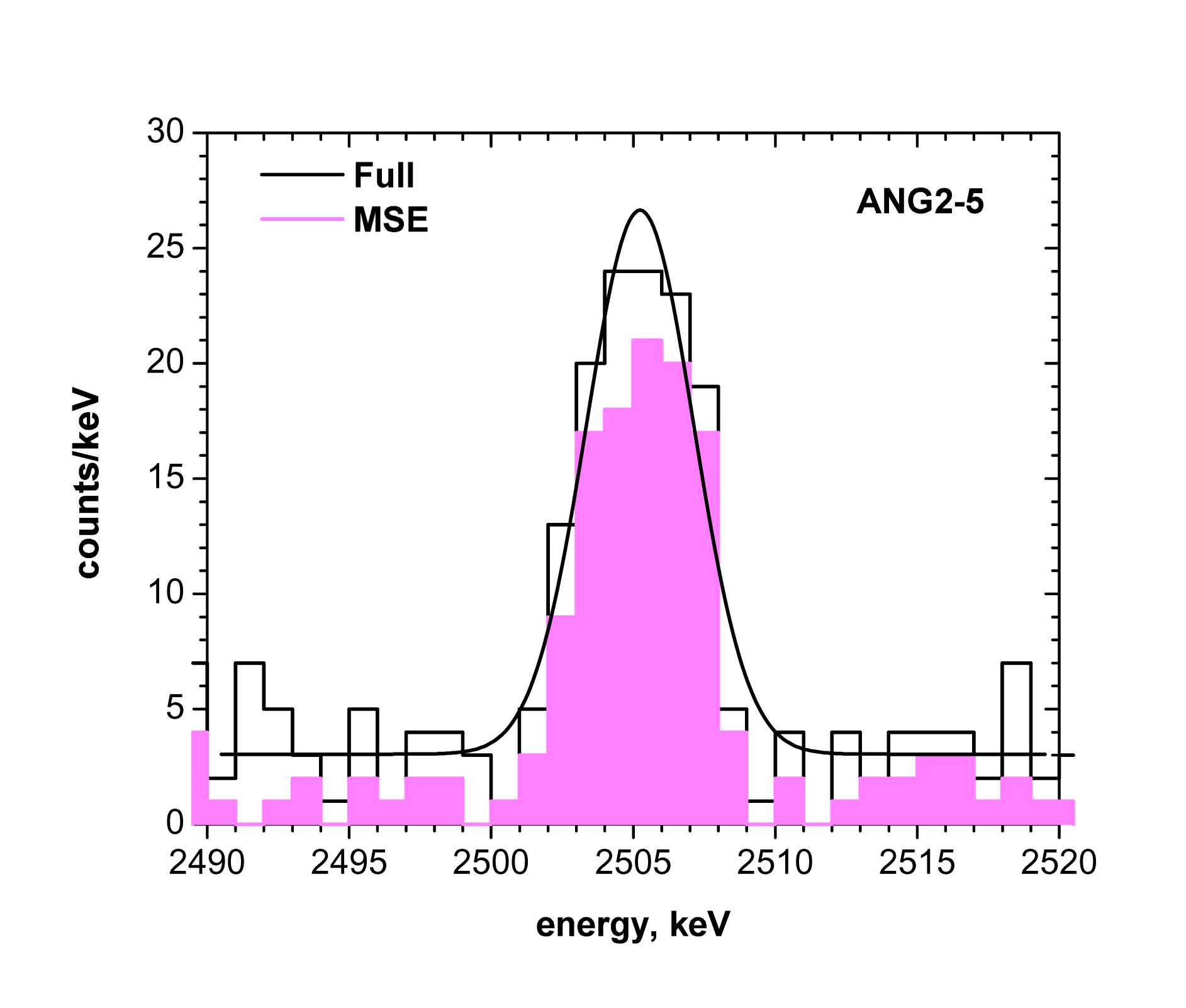
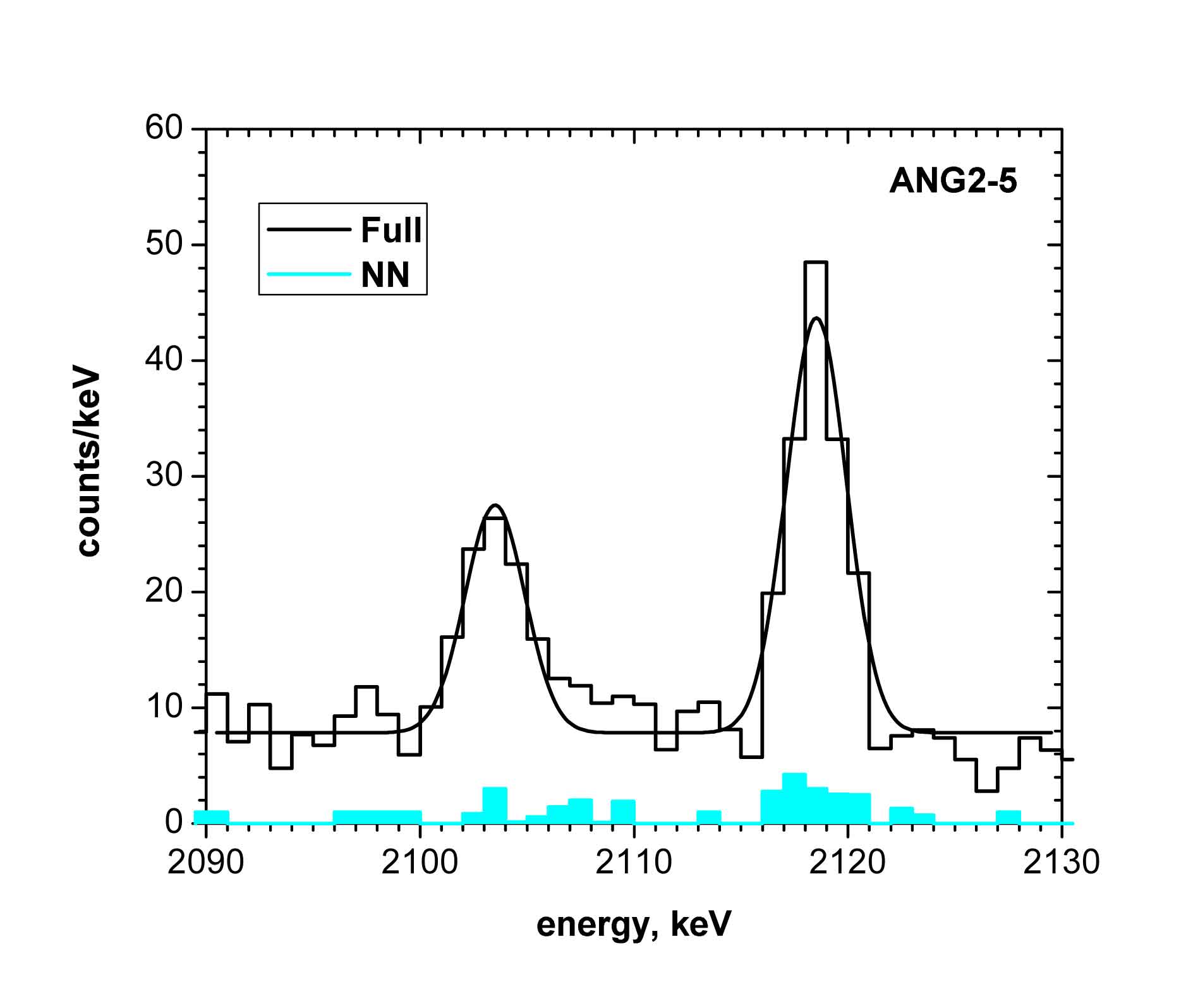
Nr. 2: Please click here to print the pdf
file
of our LESSONS
Physics Scripta T 127 (2007) 40-42:
H.V. Klapdor-Kleingrothaus
"Lessons After the Evidence for 0 nu Beta-Beta Decay"
-------- Abstract --------
This paper describes the lessons we have to draw
after the observation of neutrinoless beta-beta decay
by the enriched 76Ge experiment,
for present and future experiments
(a) to fulfill the task to confirm the present result
(b) to deliver additional information on the main contributions,
of effective neutrino mass and right-handed weak currents etc.
to the 0nu beta-beta amplitude.
It is pointed out that
presently running and planned experiments are
probably
not sensitive enough to check the present evidence on a reasonable time scale.
More important,
the only way to get more information on the individual contributions
of m, eta, lambda etc. to the 0nu beta-beta amplitude
is to go to completely different types of
experiments,
e.g. mixed-mode beta^+ EC decay experiments, such as 124Xe decay.
-------- Abstract --------
Nr. 3 : Here You will find another article -
pdf file of the new article
Phys. Rev D 73 (2006) 013010
H.V. Klapdor-Kleingrothaus, I.V. Krivosheina and I.V. Titkova
"Theoretical Investigation of the Dependence of
Double Beta Decay
Tracks in a Ge Detector on Particle and Nuclear Physics
Parameters and Separation from Gamma Ray Events"
-------- Abstract --------
Nr. 4: Another NEW article (pdf file)
Phys. Lett. B 636 (2006) 235-247
H.V. Klapdor-Kleingrothaus, I.V. Krivosheina, V. Mironov and I.V. Titkova
"Microscopic Calculations of Signals of Double
Beta Decay in
a 76Ge Detector and first Application
to the Heidelberg-Moscow Experiment"
-------- Abstract --------
Last modification (I.Krivosheina): 25/12/2007